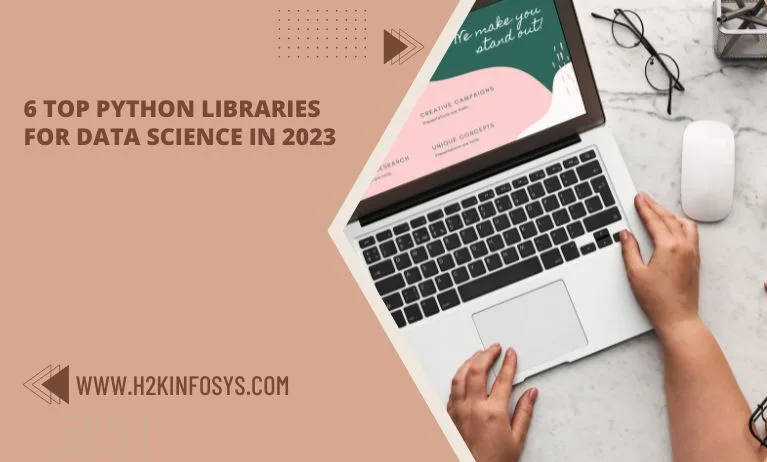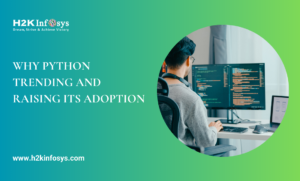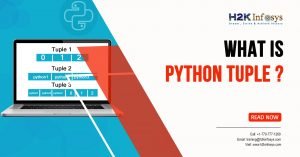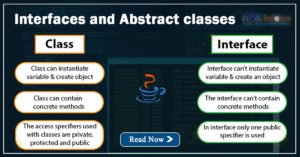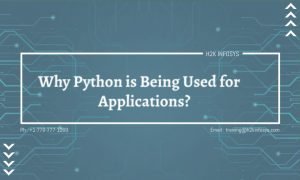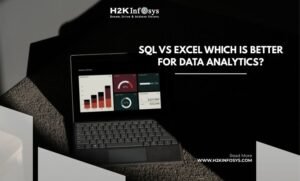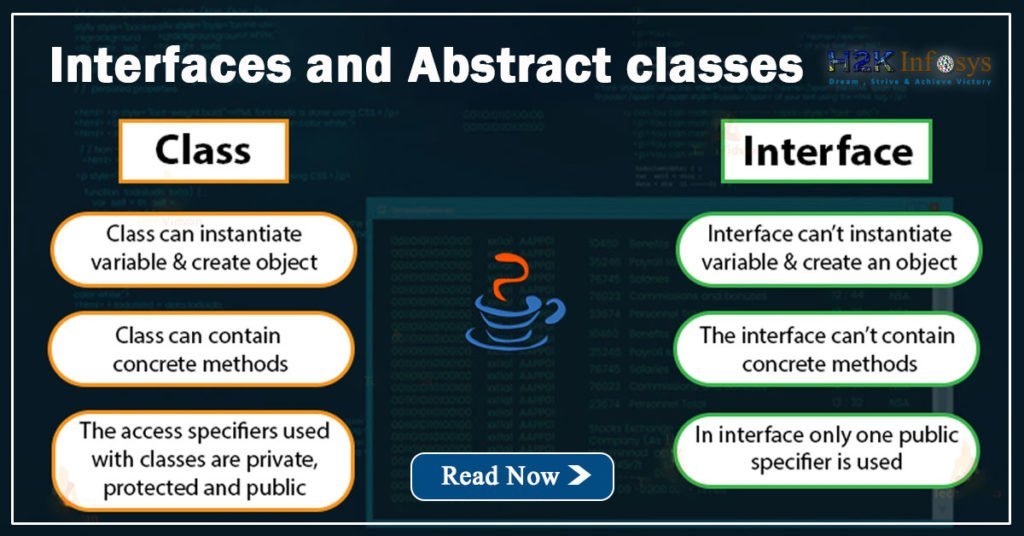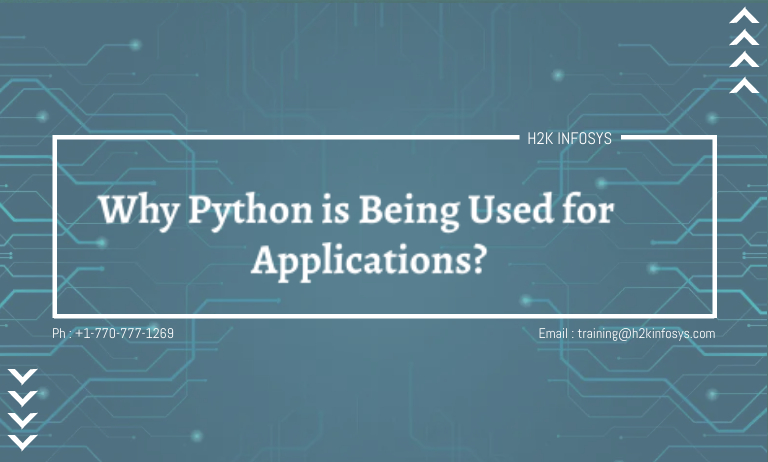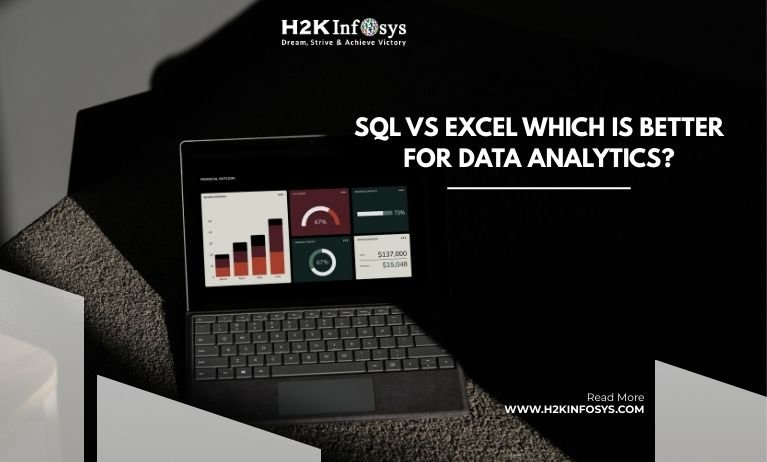Data is the new oil, and Python has become the engine that drives it. In today’s fast-paced tech world, Data Science in 2025 is no longer just about analyzing data, it’s about generating actionable insights that shape industries. From finance to healthcare, retail to artificial intelligence, businesses rely on Python libraries to process data, build models, and make predictions.
For learners and professionals, mastering these Python libraries is essential. With the right Python Training Online and Python online course certification, you can build a career that stays future-proof. This blog explores the 6 top Python libraries for Data Science in 2025 and explains how they empower data professionals.
Why Python Dominates Data Science in 2025
Python remains the most popular language for data science because of:
- Ease of learning – Its simple syntax attracts both beginners and professionals.
- Extensive libraries – Thousands of libraries speed up analysis and model building.
- Community support – Millions of developers contribute resources and tutorials.
- Industry demand – Employers prefer candidates with Python training certification because they can apply Python in real-world projects.
According to industry reports, over 65% of data professionals in 2025 rely on Python for their work. This shows why Data Science in 2025 is deeply tied to Python’s growth.
1. NumPy – The Backbone of Data Science
NumPy is one of the earliest and most powerful Python libraries. It provides support for multidimensional arrays and mathematical operations, making it the foundation of many other libraries.
Key Features:
- Fast numerical computations.
- Linear algebra, Fourier transforms, and random number capabilities.
- Seamless integration with other data science tools.
Real-World Use Case:
Financial analysts in 2025 use NumPy to calculate risks and optimize stock portfolios with high precision.
Code Example:
import numpy as np
data = np.array([1, 2, 3, 4, 5])
mean_value = np.mean(data)
print("Mean:", mean_value)
This simple calculation is just a glimpse of how NumPy simplifies mathematical operations.
2. Pandas – Data Handling Made Simple
When talking about Data Science in 2025, Pandas remains the go-to tool for data manipulation. It allows professionals to organize, clean, and analyze structured data with ease.
Key Features:
- DataFrames for structured data representation.
- Tools for handling missing values and duplicates.
- Time series analysis.
Real-World Use Case:
Healthcare researchers use Pandas to process patient records, ensuring clean and accurate datasets before applying machine learning models.
Code Example:
import pandas as pddata = {‘Name’: [‘Alex’, ‘Sam’, ‘Maria’], ‘Score’: [88, 92, 95]} df = pd.DataFrame(data) print(df)
3. Matplotlib – Data Visualization Leader
Visualizing insights is just as important as discovering them. Matplotlib provides flexible 2D plotting for charts and graphs.
Key Features:
- Line, bar, scatter, and histogram plots.
- Highly customizable visualization options.
- Works seamlessly with NumPy and Pandas.
Real-World Use Case:
Retail analysts use Matplotlib to visualize customer buying patterns and seasonal demand trends in Data Science in 2025.
Code Example:
import matplotlib.pyplot as pltx = [1, 2, 3, 4, 5] y = [2, 4, 6, 8, 10]plt.plot(x, y) plt.title(“Simple Line Plot”) plt.show()
4. Scikit-learn – Machine Learning Made Accessible
Machine learning is a cornerstone of Data Science in 2025, and Scikit-learn makes it easier with ready-to-use models.
Key Features:
- Built-in algorithms for classification, regression, and clustering.
- Model evaluation and validation tools.
- Works with NumPy and Pandas seamlessly.
Real-World Use Case:
Banks use Scikit-learn to predict customer loan defaults, improving decision-making and reducing financial risks.
Code Example:
from sklearn.linear_model import LinearRegression
import numpy as np
X = np.array([[1], [2], [3], [4]])
y = np.array([2, 4, 6, 8])
model = LinearRegression()
model.fit(X, y)
print("Prediction for 5:", model.predict([[5]]))
5. TensorFlow – Powering Deep Learning
As artificial intelligence continues to evolve, TensorFlow is vital for deep learning and neural networks. Its flexibility makes it a leader in Data Science in 2025.
Key Features:
- Support for large-scale neural networks.
- Tools for natural language processing and image recognition.
- Cross-platform compatibility.
Real-World Use Case:
Medical researchers in 2025 use TensorFlow to detect diseases from X-ray and MRI scans with near-human accuracy.
Code Example:
import tensorflow as tf
hello = tf.constant("Welcome to TensorFlow in 2025")
tf.print(hello)
6. PyTorch – The Researcher’s Favorite
While TensorFlow is widely used in production, PyTorch is favored for research because of its dynamic computation graph.
Key Features:
- Easy-to-debug and flexible.
- Popular in academic research.
- Strong support for GPU acceleration.
Real-World Use Case:
AI researchers in Data Science in 2025 use PyTorch to test experimental deep learning architectures.
Code Example:
import torch
x = torch.tensor([2.0, 4.0], requires_grad=True)
y = x**2
y.backward(torch.tensor([1.0, 1.0]))
print(x.grad)
How to Learn These Libraries Effectively
Mastering these libraries requires more than reading about them. With structured Python Training Online, you can:
- Work on hands-on projects.
- Gain real-world problem-solving experience.
- Earn a python online course certification that validates your skills.
Industry recruiters in 2025 look for professionals who not only know Python libraries but also apply them effectively. A python training certification from H2K Infosys prepares you for this demand.
Key Takeaways
- NumPy forms the backbone of numerical operations.
- Pandas simplifies data manipulation.
- Matplotlib creates meaningful visualizations.
- Scikit-learn makes machine learning accessible.
- TensorFlow powers AI and deep learning.
- PyTorch accelerates research and experimentation.
These six libraries define how Data Science in 2025 continues to grow and evolve.
Conclusion
Python remains the strongest tool for data professionals, and these libraries make it possible to tackle real-world challenges with confidence. Whether you’re a beginner or an experienced programmer, learning these tools through Python Training Online gives you an edge.
Enroll today in H2K Infosys’ Python online course certification and master data science libraries with expert guidance. Start your journey toward a future-proof career with a Python training certification.
